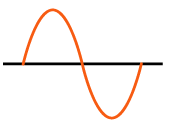Electric Motors
AC Motors
Most AC motors are 1750 rpm synchronous speed, although you will also find 3450rpm. You can overrun them with a VFD up another few hundred rpm they just don’t make as much torque past the synchronous speed, and make more heat so your life expectancy goes down if you leave it at that rpm for long periods of time.
If the required speed range is over 1/3rd of base speed AC inverters and AC motors are usually more cost-effective than DC motors and DC drives for applications larger than about 10 horsepower, because of cost savings in the AC motor. If the speed range is less than 1/3rd of the base speed, then choose a DC motor because an AC motor will experience thermal issues.
For positioning control, choose a DC stepper motor. AC motor positioning control is very crude, even when using a vector drive.
sinotech electric motor selection guide
All About Circuits - Introduction to AS Motors
240/480 VAC 3 phase
Couple a 240/480 VAC 3 phase electric motor with a variable frequency drive (VFD) allows you to vary the speed. Get a VFD that goes from single phase 110v to 3 phase 240V for the most versitility.
110 VAC
Vary the motor speed by using a Variac to vary the voltage from 0 to about 150 VAC. Note that torque will be very low and the low voltage output and depending on the load, won't start the motor turning from 0 rpm. A tachometer can be used to measure the motor speed.
DC Motors
DC motors are cheap when small, very expensive when big. You can control their speed with PWM (pulse width modulation). The motors are not designed for radial loads, so use pillow blocks and a separate shaft to limit radial loading on the motor. Expensive from 10 hp and higher. Brushed motor speed is proportional to voltage. Brushed motor torque output is proportional to current.
Adafruit DC Motor Selection Guide
Adafruit tutorial on stepper motors
Sparkfun tutorial on DC motor selection
Adafruit Motor Kit
The Motor party add-on pack for Arduino PN 171 includes a Arduino motor shield with 1.2 A/channel TB6612 MOSFET driver (peak 3 A for 20 ms) and a dedicated I2C PWM driver chip, plus a stepper motor, servo, and a micro servo.
Motor party add-on pack for Arduino PN 171
Do you need help developing or customizing a IoT product for your needs? Send me an email requesting a free one hour phone / web share consultation.
The information presented on this website is for the author's use only. Use of this information by anyone other than the author is offered as guidelines and non-professional advice only. No liability is assumed by the author or this web site.
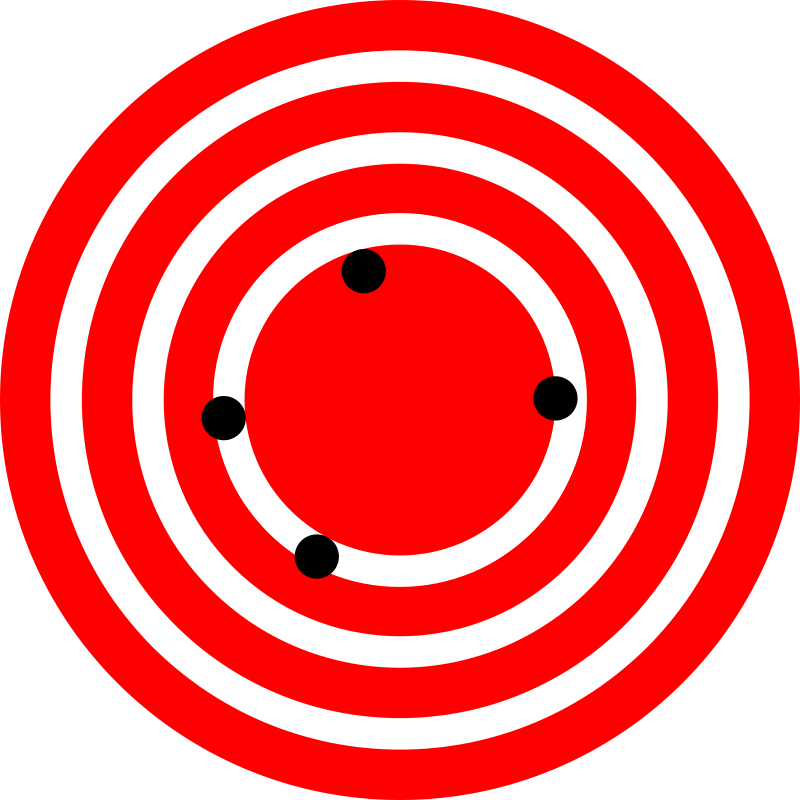






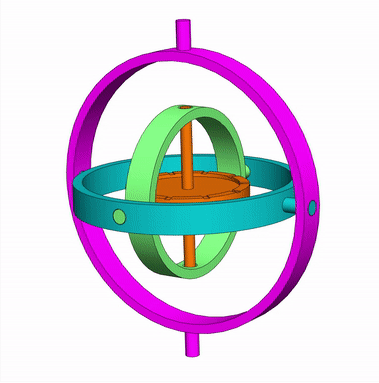

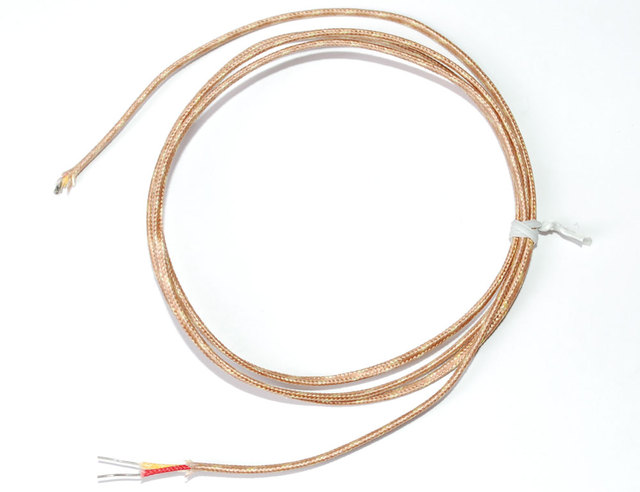
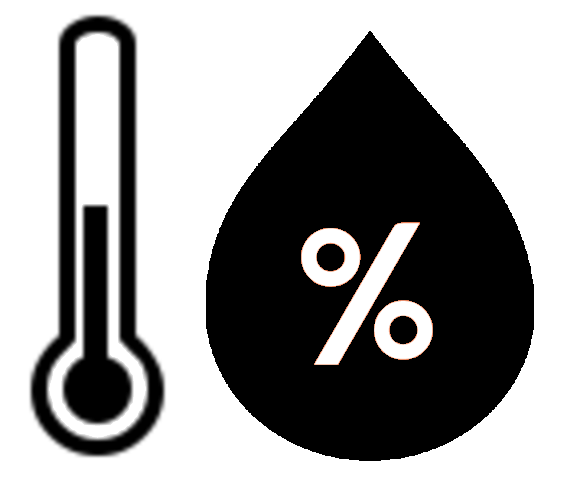
.png)


.png)
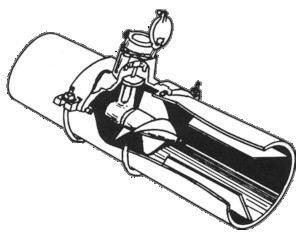


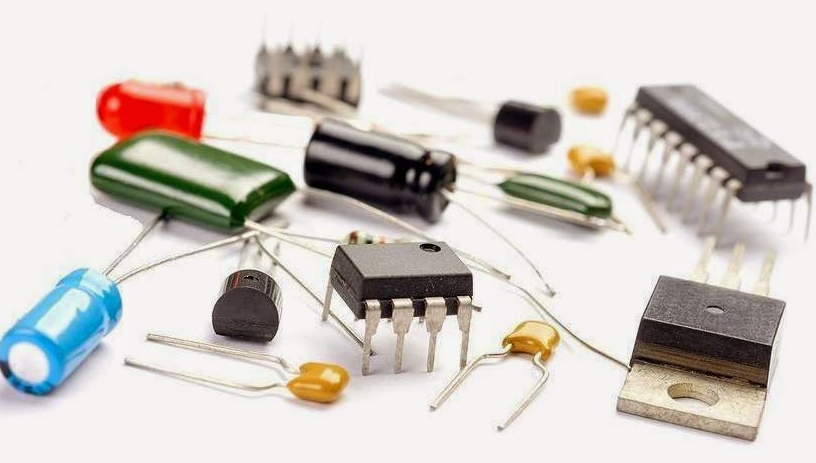

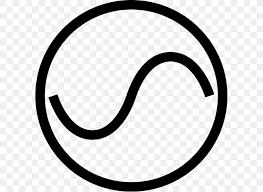


.png)
.png)



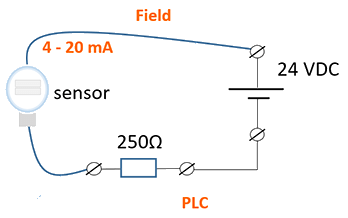
.png)



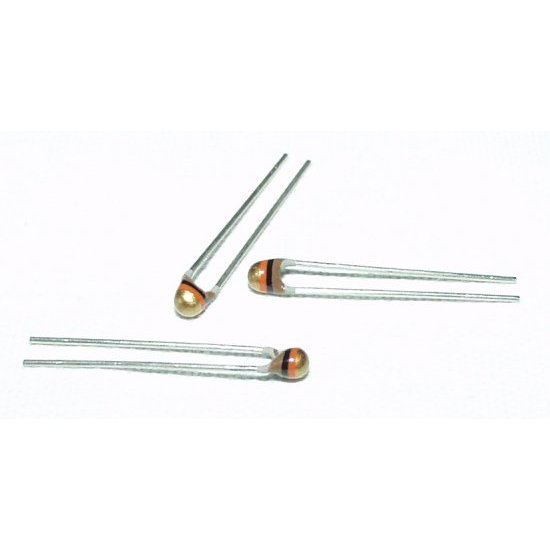
.png)

.png)
.jpg)

.png)



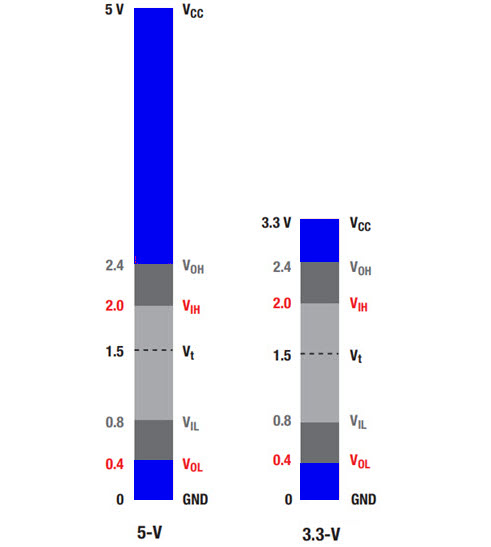
.png)
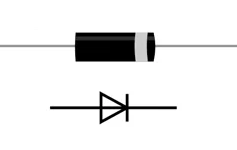
.jpg)



.png)
